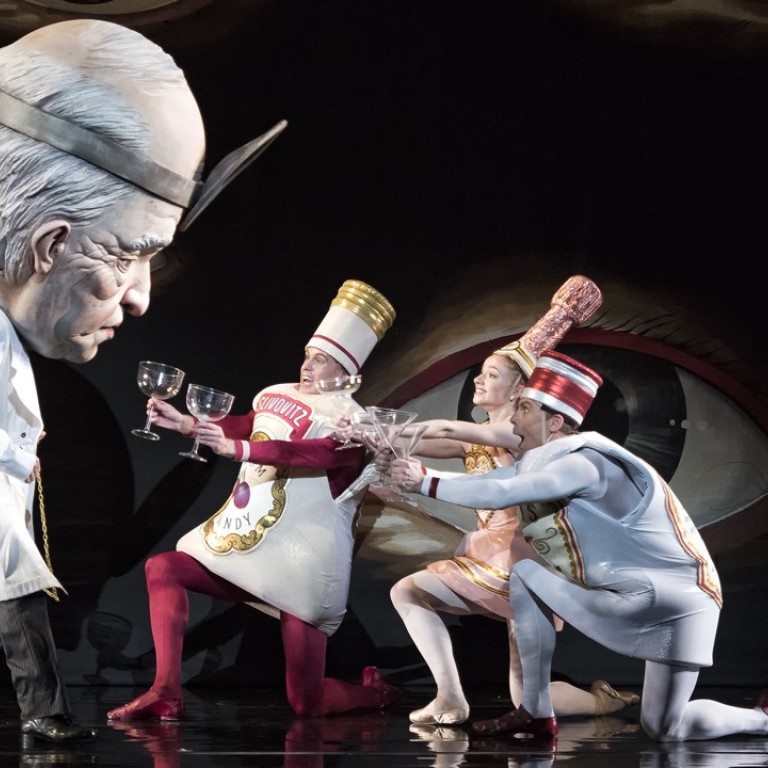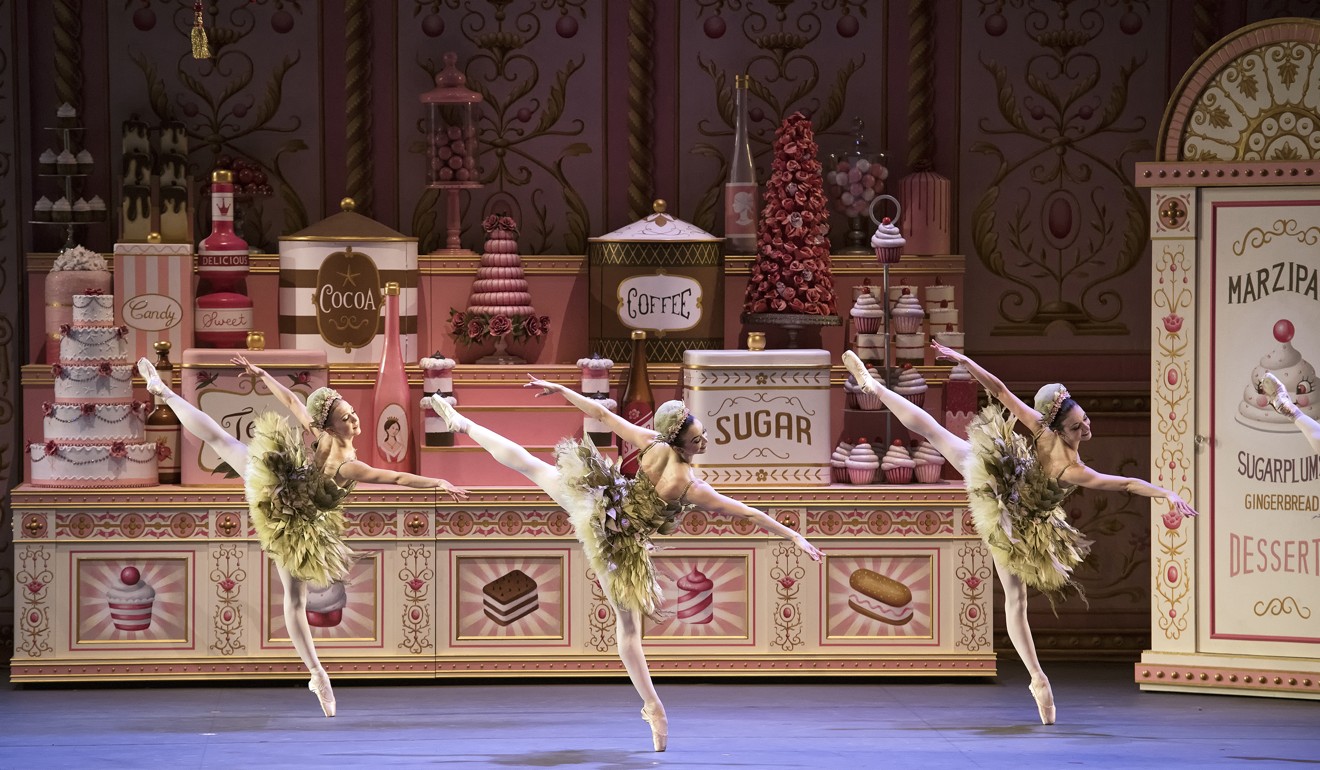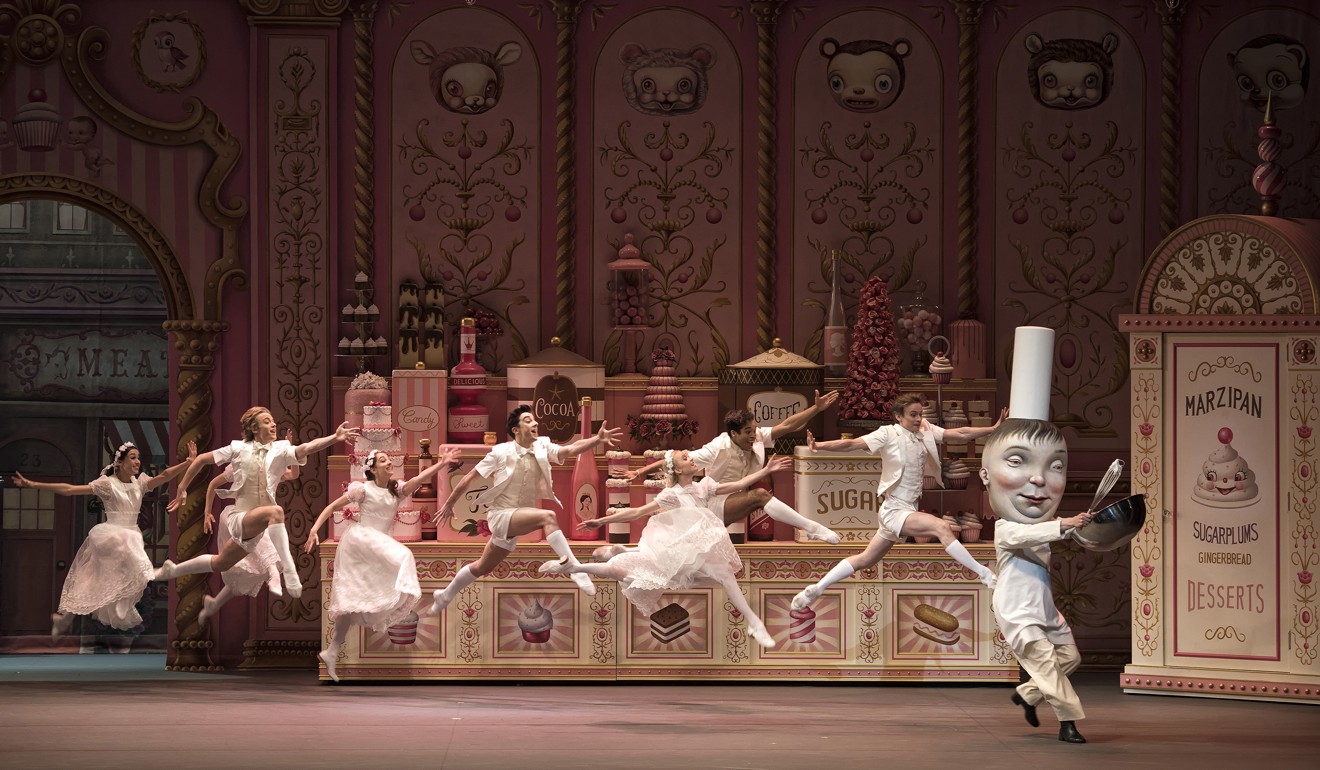
Review | American Ballet Theatre’s Whipped Cream revives a forgotten score by Richard Strauss with mixed results
This frivolous, family-friendly Alexei Ratmansky fantasy is superbly performed by a sparkling cast on stage and the Hong Kong Philharmonic Orchestra in the pit, but the plot is too flimsy for a satisfying Hong Kong Arts Festival experience
Whipped Cream (a direct translation of the original German title, Schlagobers) is a two-act ballet by Alexei Ratmansky, one of the world’s most sought-after choreographers, set to a score by Richard Strauss.
First performed in 1924 when the composer was director of the Vienna State Opera, music and ballet quickly fell into obscurity until Ratmansky created this new version for the American Ballet Theatre in 2017.
The lure of an unknown score by a major composer is understandable and Ratmansky’s idea was clearly to create a work that would be fun for children while offering enough musical and choreographic substance to satisfy adults.
Svetlana Zakharova and Vadim Repin entertain Hong Kong with dazzling virtuosity and some help from their friends
The ballet – which is staged for this year’s Hong Kong Arts Festival – succeeds only partially on both fronts and is, perilously, flimsy: this is a bowl of whipped cream with nothing much underneath.
Nonetheless, it offers much to enjoy for both the eye and ear and is superbly performed by a sparkling cast on stage and the Hong Kong Philharmonic Orchestra in the pit, conducted by Ormsby Wilkins.
Ratmansky has kept Strauss’s original plot. A Boy attends his First Communion, then goes to a pastry shop with his friends and stuffs himself with whipped cream until he makes himself sick and is taken to hospital. When the shop closes its contents – including tea, coffee and cakes - come to life. After being terrorised by the doctor and nurses, the Boy escapes to find himself in a magical land of sweets where he becomes King and Princess Praline his bride.

If this frivolous, family-friendly fantasy seems a strange venture for the composer of complex, sophisticated works such as Salome or Der Rosenkavalier, it’s important to understand that it was created in the aftermath of the first world war, in a country that had lost not only the war but an empire. At a time when people were struggling with poverty and deprivation, Strauss wanted to produce a lighthearted work which would, as he said, “create joy”.
There’s certainly joy in listening to the music, which is consistently attractive (and far more danceable than you might expect) and watching Ratmansky’s choreography, which bears his hallmarks: exceptional musicality and a rare ability to play with ballet steps, finding twists which make them fresh and new without losing touch with the integrity of the classical style.

The problem is that the plot is simply too trivial to get the audience involved – story ballets need a strong story and they need strong characters, both of which are missing here – and neither music nor choreography seem sufficiently connected to the narrative.
As for children, while they will enjoy the visuals and comic moments, the lengthy sequences of pure dance may be a strain on their attention.
Theatre at its best – Hong Kong Arts Festival left wanting more after Theatre of Nations’ stunning Shukshin’s Stories
While Act 2 works well and builds to a rousing finale, too much of Act 1 is devoted to the pastry shop contents coming to life, followed by the corps de ballet incarnating whipped cream. Fine though the dancing is, this amounts to an extended divertissement, reminiscent of Act 2 of The Nutcracker (in its original incarnation as a voyage to the kingdom of confectionery).
The difference is that Tchaikovsky and Ivanov understood that a divertissement should take place once the audience is engaged with the story – here, that is not the case.

It’s always a privilege to see dancers in roles they created and the first night cast was led by Daniil Simkin and Sarah Lane, the original boy and Princess Praline. Lane is charming and dances with speed and precision in what is, in fact, quite a small role (Princess Tea Flower, elegantly performed by Hee Seo, has much more to do).
The show belongs to Simkin, whose convincingly boyish demeanour is belied by his spectacular dancing – in the pas de deux with Princess Praline he shines, in the finale he dazzles, producing jumps of breathtaking complexity and power.
Ballet superstar Svetlana Zakharova on Hong Kong Arts Festival shows, juggling motherhood, and her husband
Catherine Hurlin was a deliciously flirtatious Marianne Chartreuse and Joseph Gorak danced with dash, speed and precision as Prince Cocoa.
Whipped Cream, American Ballet Theatre, Hong Kong Cultural Centre Grand Theatre. Reviewed: March 22

